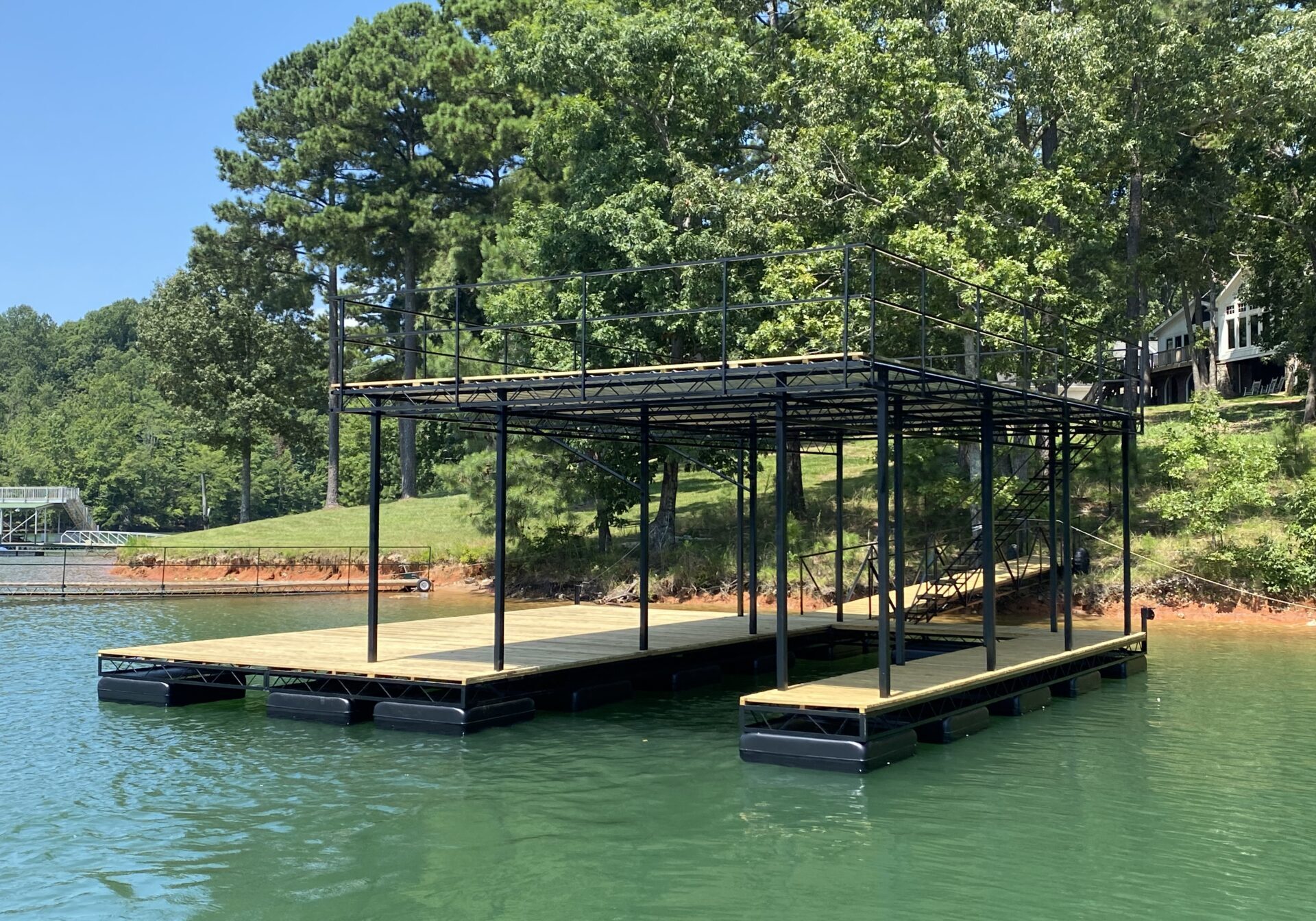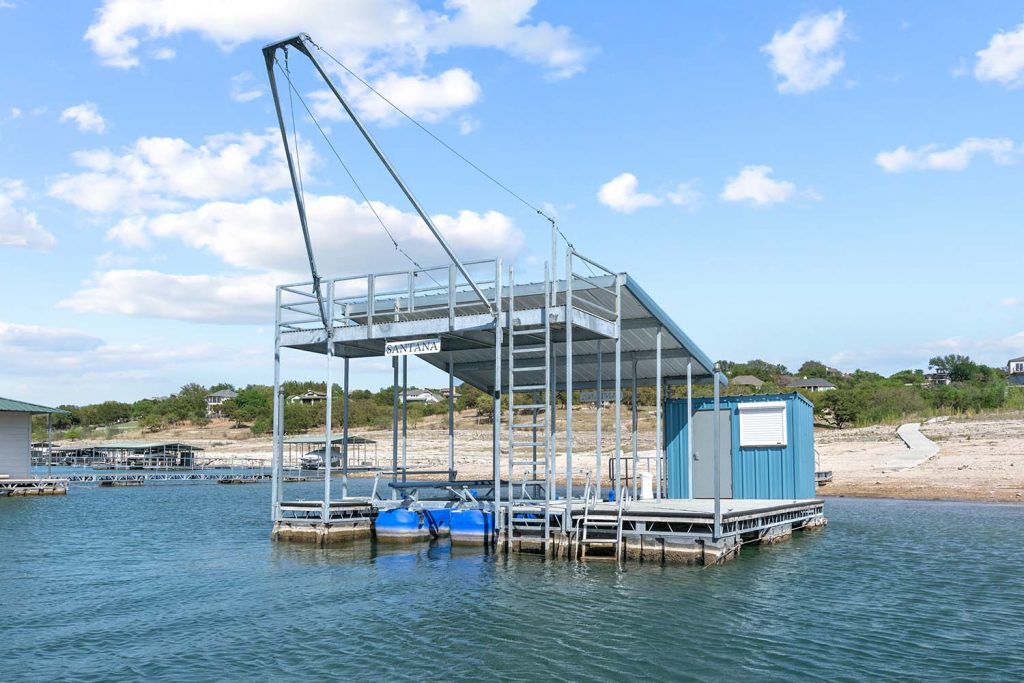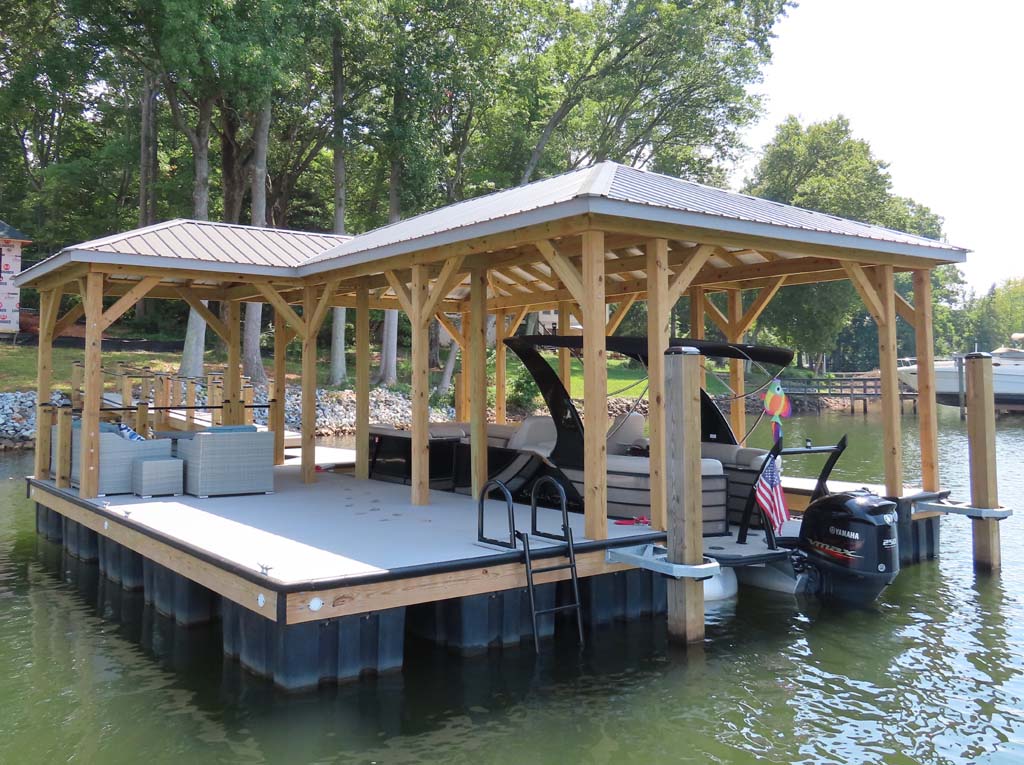Why Routine Maintenance Can Decrease Future Dock Repairs
Wiki Article
Reliable Dock Fixing Techniques: Guaranteeing Structural Honesty
Making sure the structural stability of docks via reliable repair service strategies is vital for the durability and safety of marine centers. This involves a multi-faceted approach starting with detailed assessments utilizing advanced innovations like sonar tools and from another location operated vehicles (ROVs) to discover both noticeable and hid problems. Ultimately, choosing the appropriate repair materials, such as corrosion-resistant alloys and composite products, is essential for durability. Architectural support methods, consisting of the execution of cross-bracing systems and load-distribution plates, play a vital function in mitigating stress and anxiety factors. The value of these methods becomes evident when checking out sophisticated repair methods and preventative maintenance methods.Examining Dock Damage
Evaluating dock damage is an essential very first step in making certain the architectural honesty and safety and security of any docking facility. This initial analysis entails an extensive assessment to identify both hidden and noticeable problems. Secret facets to check out consist of the dock's structure, pilings, outdoor decking, and hardware. Each element needs to be inspected for indications of wear, rot, corrosion, or various other types of deterioration that could endanger the structural stability.Architectural designers or qualified assessors generally do these assessments making use of specialized devices and strategies. Undersea assessments might use finder equipment or remotely ran lorries (ROVs) to discover immersed damages. Over water, visual inspections are complemented by utilizing moisture meters and various other analysis devices to discover underlying issues not promptly visible to the naked eye.

Deciding On Fixing Products
Picking the appropriate repair materials is a crucial action in the dock reconstruction process, one that directly influences the durability and performance of the repaired framework. Material option have to be driven by variables such as ecological conditions, load-bearing needs, and compatibility with existing dock elements.Along with timber, composite materials are increasingly preferred because of their longevity and low maintenance needs. Composites, typically made from a mix of plastic and wood fibers, offer superb resistance to rot, pests, and UV damage. For steel anchors, choosing corrosion-resistant alloys such as galvanized steel or marine-grade light weight aluminum is important to protect against corrosion and guarantee architectural stability in saline water conditions.
Epoxy materials and marine-grade sealers are essential for fixing cracks and securing joints, providing a water resistant obstacle and enhancing the dock's general toughness. By meticulously choosing high-quality materials, dock repair services can attain long-lasting results, consequently guarding against future deterioration and making certain risk-free, trustworthy use.
Structural Support Strategies
Reliable architectural support strategies are critical in ensuring the security and long life of dock fixings. This technique is especially efficient visit their website for docks revealed to hefty lots or harsh ecological problems.One more important technique is the application of fiber-reinforced polymers (FRP) These products supply high strength-to-weight ratios and outstanding resistance to rust, making them perfect for reinforcing concrete or wood docks. FRP can be used in sheets or strips and bound with epoxy resins to boost structural integrity.
Supporting and anchoring systems likewise play a critical function in structural support. Cross-bracing, utilizing metal or wood beam of lights, can counteract side forces, reducing guiding and activity. Anchoring systems, such as helical piers or driven piles, offer a steady foundation by moving loads to much deeper, a lot more secure soil layers.
Lastly, the assimilation of load-distribution plates can aid disperse weight a lot more evenly across the dock's surface, alleviating localized tension points. These methods jointly guarantee that anchors stay risk-free and durable, capable of withstanding the rigors of their functional environment.
Advanced Fixing Approaches

Another advanced technique involves underwater welding, Read More Here which allows for repairs to be conducted without the need to dewater the area. This method is particularly beneficial for resolving architectural concerns in immersed dock elements, guaranteeing very little disruption to operations. Enhanced welding strategies, paired with robot systems, provide accuracy and integrity, therefore prolonging the life expectancy of the dock.
Furthermore, cathodic protection systems are implemented to avoid deterioration in metal dock structures. By utilizing sacrificial anodes or impressed current systems, these techniques effectively mitigate the electrochemical procedures that cause material deterioration.
Last but not least, progressed tracking technologies, such as architectural health and wellness monitoring (SHM) systems, provide real-time data on the condition of dock structures. These systems make it possible for proactive upkeep and prompt interventions, inevitably making sure the long-term architectural integrity of the dock.
Upkeep and Prevention
Upkeep and prevention are fundamental ideas that underpin the longevity and security of dock structures. Routine inspections are extremely important, enabling for early discovery of deterioration, potential weak points, and environmental effects. A proactive technique, entailing routine look for deterioration, rot, and architectural shifts, alleviates costly repair work and lengthens the dock's operational life.Safety nets must consist of applying protective coatings to metal parts to defend against corrosion and making use of cured wood to resist degeneration. Furthermore, ensuring proper drain and ventilation can prevent water accumulation, which is a common reason of architectural destruction. Incorporating top quality products and sticking to manufacturer standards throughout construction and repair work stages additionally play important duties in boosting resilience.

Training workers in dock upkeep ideal practices makes sure constant application of preventative actions. Leveraging technological advances, such as drones for inspections and sensors for real-time tracking, can even more improve maintenance initiatives. By prioritizing upkeep and avoidance, dock proprietors can ensure structural integrity, functional security, and cost-efficient monitoring over the dock's lifespan.
Conclusion
In final thought, maintaining the architectural stability of aquatic facilities necessitates comprehensive dock fixing methods. Advanced repair work methods, coupled with regular upkeep methods, ensure the dock continues to be functional and safe under varied environmental problems.Making certain the structural stability of anchors through efficient repair methods is extremely important for the durability and safety and security of aquatic facilities.Choosing the ideal repair materials is an essential action in the dock restoration procedure, one that straight affects the durability and efficiency of the fixed framework.Efficient architectural support techniques are vital in making sure the security and durability of dock repair services. By focusing on upkeep and prevention, dock owners can make certain architectural honesty, functional security, and affordable administration over the dock's life expectancy.
In conclusion, preserving the structural integrity of aquatic centers requires extensive dock repair work methods.
Report this wiki page